Substack or Mailchimp: Which One Should You Choose?
By Warden
February 2, 2025
·
6 min read

Contents
- 1. Understanding the Basics
- 2. Pricing and Plans: Which Fits Your Budget?
- 3. Ease of Use: From Beginner to Pro
- 4. Content Creation and Customization
- 5. Growing Your Audience
- 6. Monetization: Turning Subscribers into Paying Members
- 7. Making the Choice: Which Platform Aligns with Your Goals?
- Conclusion
Get the latest substack news delivered to your inbox.
Launching a newsletter? Exciting times! But before you hit "publish," there's a crucial decision to make: choosing the right platform. This choice can significantly impact your newsletter's growth, engagement, and even your monetization potential.
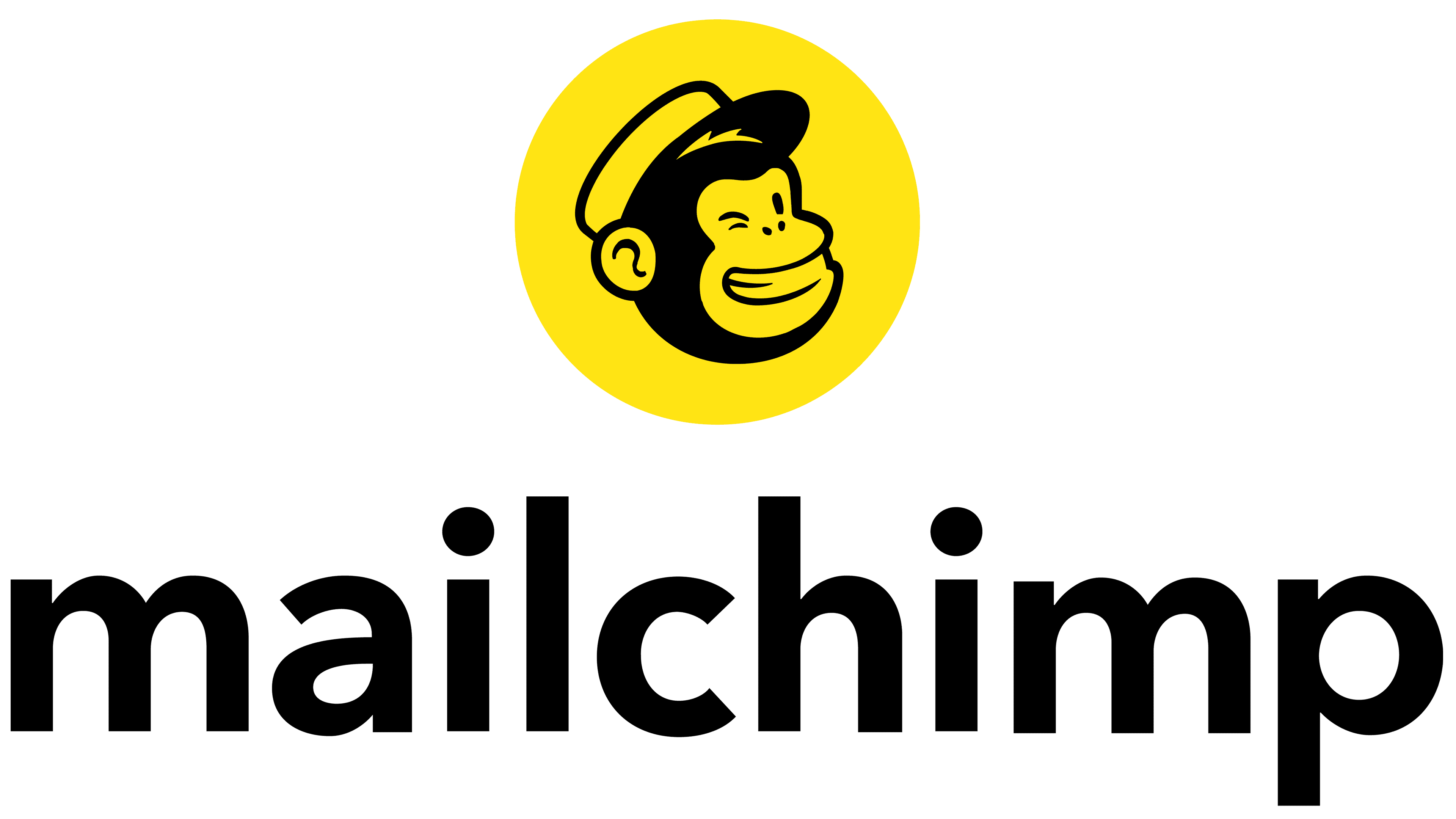
Two names consistently top the list: Substack and Mailchimp. Both offer powerful tools for reaching your audience, but they cater to different needs and priorities.
This article breaks down the key differences between Substack and Mailchimp, giving you the clarity to confidently choose the platform that aligns with YOUR unique goals.
1. Understanding the Basics
Before diving into the nitty-gritty, let's clarify what each platform excels at:
- Substack: Imagine a platform built specifically for writers, by writers. Substack is all about building a direct relationship with your audience through paid subscriptions. It's a streamlined, writer-focused ecosystem designed to help you create, publish, and monetize your work.
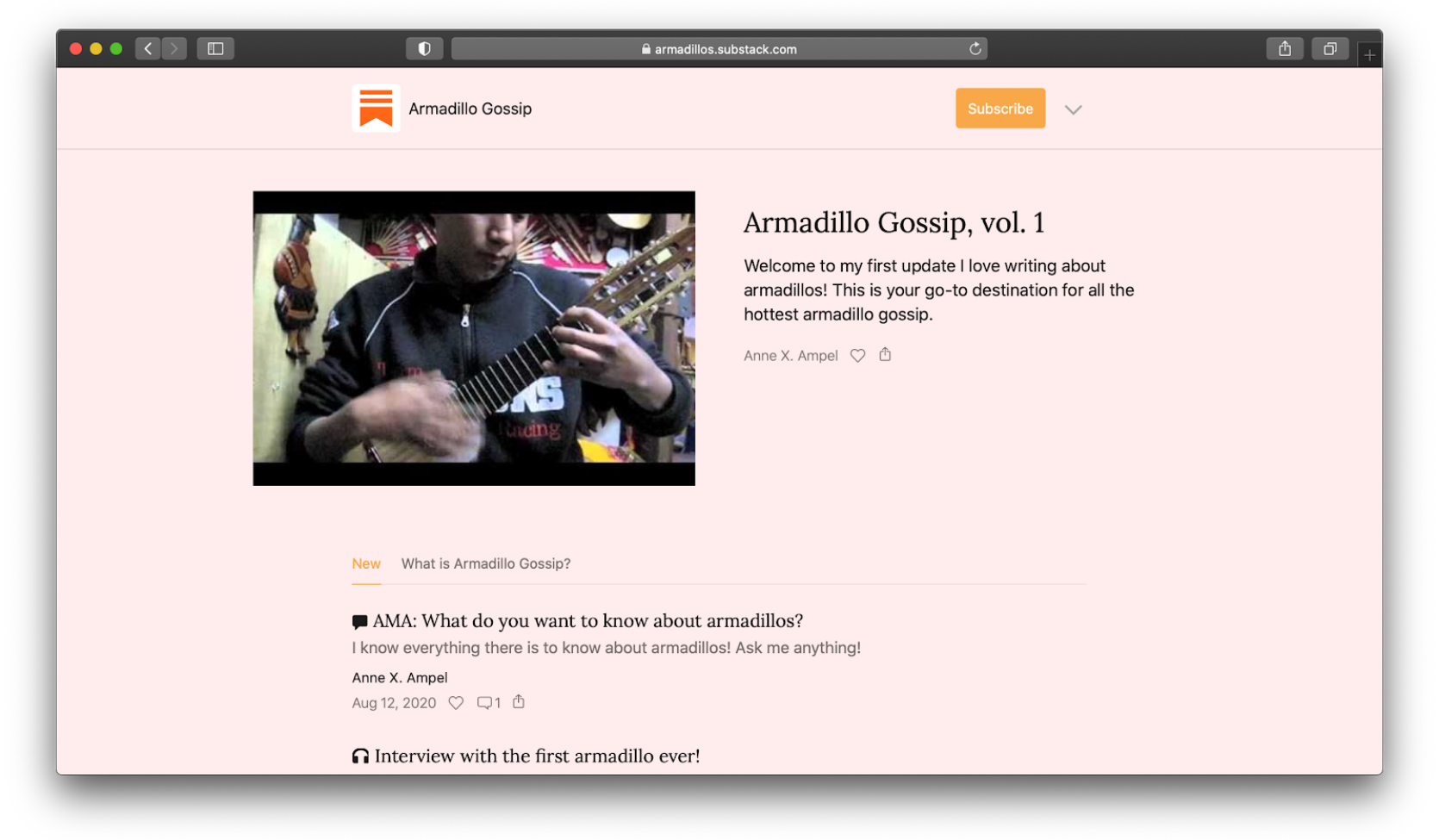
- Mailchimp: Think of Mailchimp as the versatile all-rounder of the email marketing world. While it empowers you to send beautiful newsletters, its strength lies in its broader marketing capabilities, including automation, landing pages, and integrations with various e-commerce and marketing tools.

2. Pricing and Plans: Which Fits Your Budget?
Both Substack and Mailchimp offer free and paid plans, each with varying features. Let's break down the options:

Substack:
- Free: Send unlimited emails to up to 10,000 subscribers. Access basic newsletter features and the ability to offer paid subscriptions (Substack takes a 10% cut).
- Pro: $50/month (billed annually) or $5/month and 10% of revenue. Offers additional features like custom domains, advanced analytics, and reduced Substack fees.
Mailchimp:
- Free: Send up to 10,000 emails per month to 2,000 contacts. Includes basic email templates, automation, and reporting.
- Essentials: Starts at $13/month. Offers more advanced email features, removes Mailchimp branding, and provides email and chat support.
- Standard: Starts at $20/month. Includes advanced audience insights, automation features, and behavioral targeting.
- Premium: Custom pricing. Provides advanced segmentation, multivariate testing, and phone support.
Which Offers Better Value?

- Just starting and focused on monetization? Substack's free plan is incredibly generous, allowing you to test the waters with paid subscriptions without upfront costs.
- Need a wider range of marketing tools? Mailchimp's free plan is a great starting point, but their paid plans offer more robust features for growing your audience and managing your marketing efforts.
3. Ease of Use: From Beginner to Pro
Navigating a new platform can be daunting. Here's a look at the user experience on both platforms:

Substack:
- Clean and intuitive: Substack boasts a minimalist interface designed for writers, not marketers. Everything is focused on content creation and distribution, making it incredibly user-friendly, even for beginners.
- Streamlined workflow: From writing to publishing, Substack guides you through each step, making the process seamless and efficient.
Mailchimp:

- More features, steeper learning curve: Mailchimp offers a wider array of features, which can be overwhelming for some, especially those new to email marketing.
- Robust knowledge base: Mailchimp compensates with extensive documentation, tutorials, and support resources, making it manageable once you get the hang of it.
Verdict? Substack wins for sheer simplicity, especially for new creators. However, if you're comfortable exploring a wider range of features, Mailchimp's comprehensive resources can empower you to master the platform.
4. Content Creation and Customization
Your newsletter should reflect your unique brand and style. Here's how Substack and Mailchimp stack up in terms of design flexibility:
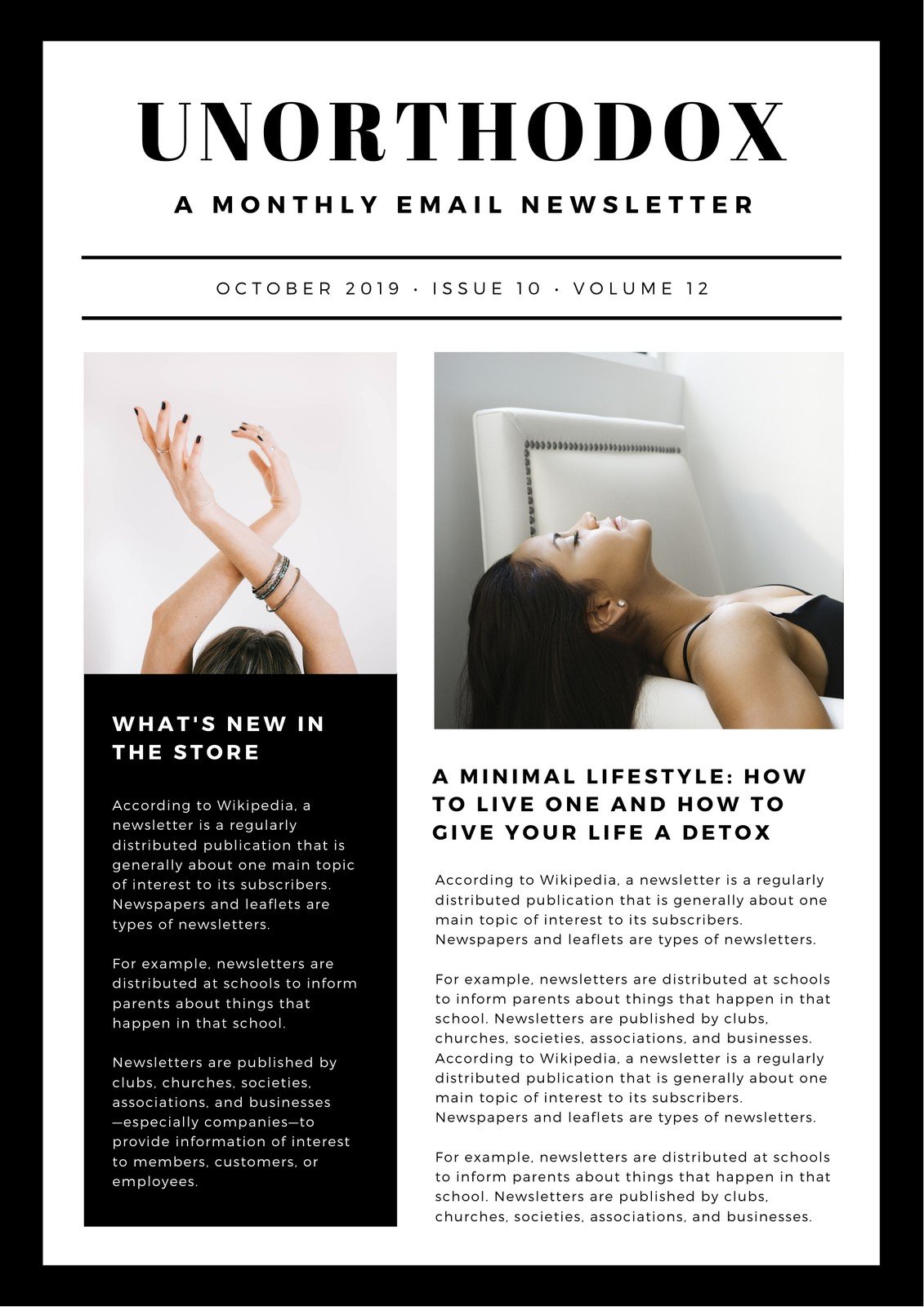
Substack:
- Clean and minimalist: Substack embraces a clean, text-focused aesthetic. While this might seem limiting, it encourages content-first design, which often resonates better with readers.
- Limited customization: You can customize your publication's header image, logo, and color scheme, but design options are intentionally minimal to maintain a consistent look and feel across the platform.
Mailchimp:

- Design versatility: Mailchimp offers a vast library of pre-designed templates and a drag-and-drop editor, giving you greater control over your newsletter's visual appeal.
- Multimedia integration: Easily embed images, GIFs, videos, and social media feeds to create visually engaging and dynamic content.
Which to choose? If you prioritize simplicity and a content-first approach, Substack's minimalist design works beautifully. If you crave more design control and multimedia integration, Mailchimp offers greater flexibility.
5. Growing Your Audience
Building a loyal readership is essential for any newsletter. Here's how Substack and Mailchimp support audience growth:
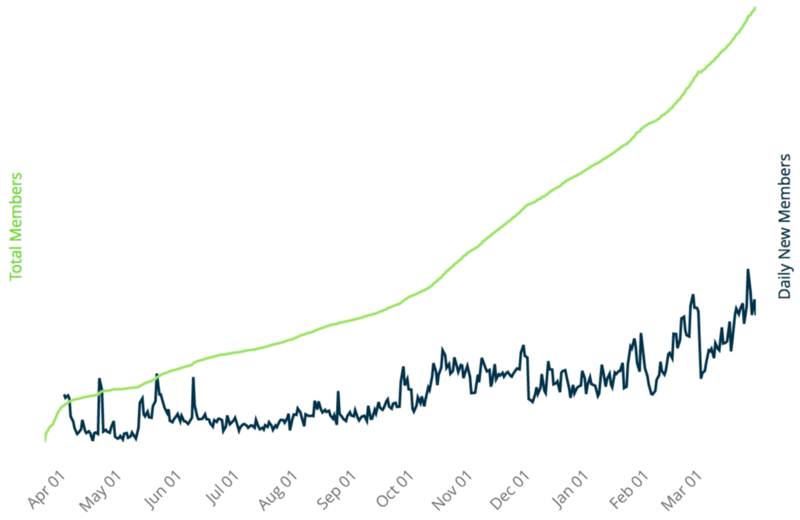
Substack:
- Built-in network effects: Substack's discoverability features help new readers find your publication through recommendations, topic categories, and the ability to follow other Substack writers.
- Seamless subscription process: Substack makes it incredibly easy for readers to subscribe with just their email address, reducing friction and boosting conversions.
Mailchimp:

- Comprehensive signup forms: Create customizable pop-up forms, embedded forms, and landing pages to capture leads across your website and social media channels.
- Advanced segmentation: Segment your audience based on demographics, interests, and engagement to deliver targeted content that resonates.
The verdict? Substack excels at organic growth within its platform. Mailchimp offers more control over lead capture and segmentation, empowering you to strategically grow your audience from various sources.
6. Monetization: Turning Subscribers into Paying Members
Ready to turn your passion into profit? Here's how Substack and Mailchimp approach monetization:

Substack:
- Paid subscriptions at its core: Substack makes it incredibly simple to offer paid subscriptions, with built-in features to manage recurring payments, offer subscriber-only content, and track your revenue.
- Focus on direct reader support: Substack fosters a direct relationship between creators and their audience, encouraging reader support and loyalty.
Mailchimp:
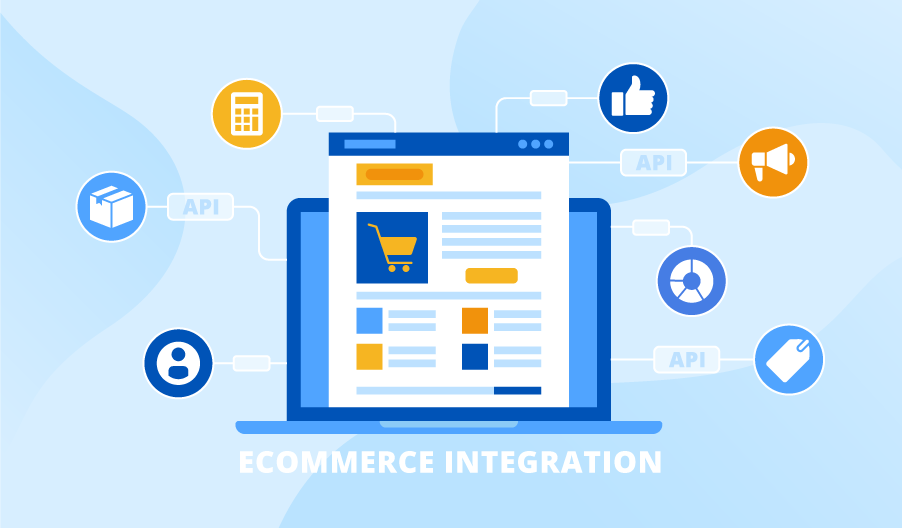
- E-commerce integrations: While not directly focused on subscriptions, Mailchimp integrates seamlessly with popular e-commerce platforms like Shopify and WooCommerce, allowing you to promote products and drive sales.
- Alternative monetization: Explore affiliate marketing, sponsorships, or selling digital products through your Mailchimp newsletters.
Which platform is right for you? If your primary goal is building a paid subscriber base, Substack is the clear winner. If you prefer diversifying your income streams or primarily use e-commerce, Mailchimp offers more flexibility.
7. Making the Choice: Which Platform Aligns with Your Goals?
Choosing between Substack and Mailchimp ultimately boils down to your individual needs and priorities. Here's a recap to help you decide:

Choose Substack if:
- You're primarily focused on building a paid subscriber community.
- You value simplicity and a streamlined writing and publishing experience.
- You want to tap into Substack's built-in network and discoverability features.
Choose Mailchimp if:
- You need a wider range of email marketing and automation features.
- You prioritize design flexibility and customization options.
- You plan to integrate with other marketing and e-commerce tools.
Conclusion
There's no one-size-fits-all answer. By carefully considering the factors outlined above, you can confidently choose the platform that empowers you to build a thriving newsletter and connect with your audience effectively.
Now it's your turn! Share your experiences with Substack or Mailchimp in the comments below. What do you find most valuable about your chosen platform?
